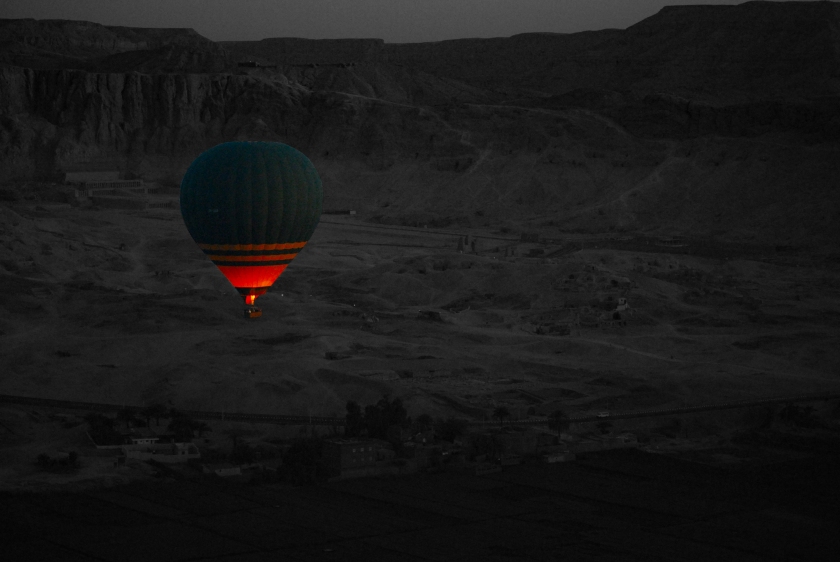In traditional Japanese aesthetics, wabi-sabi is a world view centred on the acceptance of transience and imperfection. The aesthetic is sometimes described as one of beauty that is “imperfect, impermanent, and incomplete. Wikipedia. I’m not sure this image shows that principle exactly, but somehow, the imperfection of dilapidation and the consequent transience has a beauty of its own, albeit the process has perhaps gone just too far. Nevertheless, this image of an old French Colonial townhouse in Pondicherry, Southeast India, for me anyway, has a faded grandeur and a presence all of its own. Peter Barton July 2019









